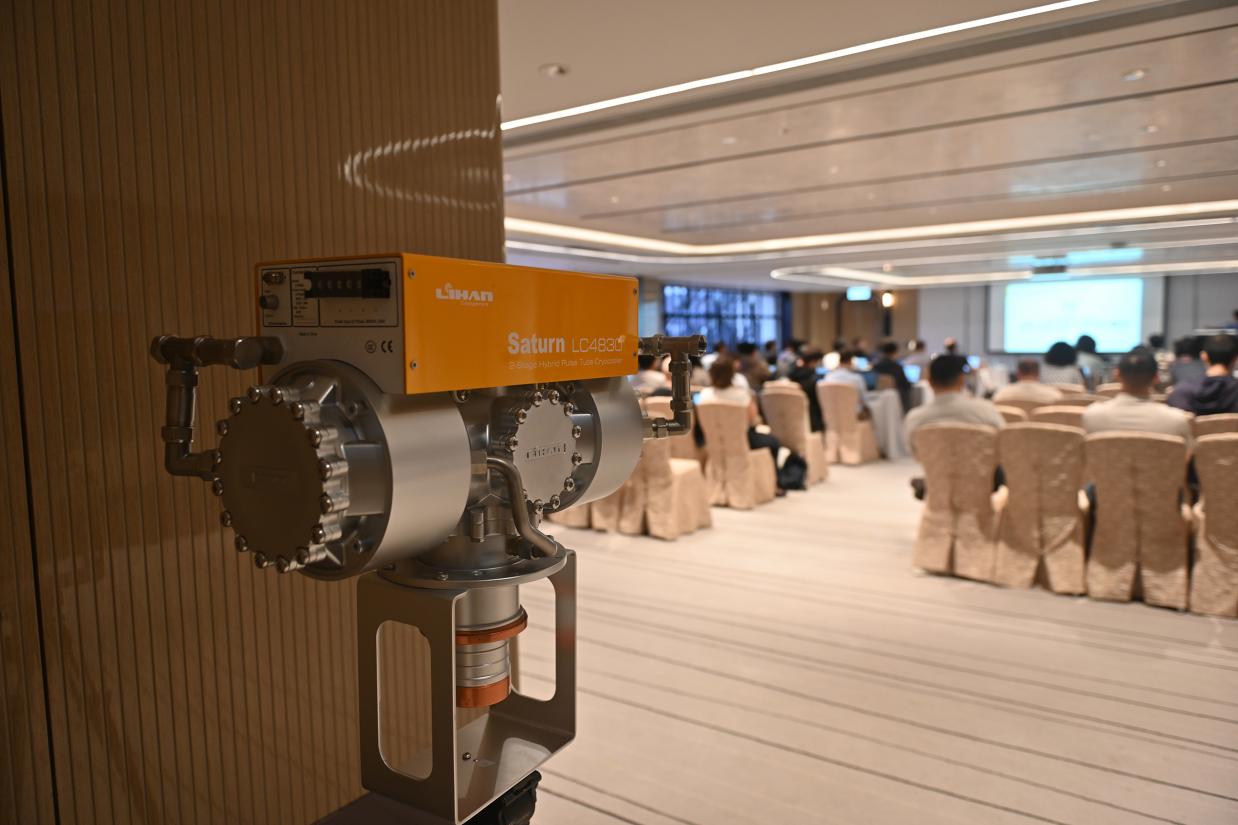

The 9th International Conference on Light Detection in Noble Elements (LIDINE 2025) was held in Hong Kong from October 21–24, bringing together more than one hundred researchers from China, the United States, Italy, France, Germany, and other countries. The conference featured around 70 presentations, focusing on detector technologies based on noble elements and their applications in frontier physics research.
Lihan Cryogenics participated as a sponsor, presenting its LC4830(80W@30K+40W@77K). The system provides high-efficiency cooling performance in the 70 K temperature range and attracted interest from attendees.
The LC4830 is suitable for applications such as noble-element liquefaction (argon, xenon), fusion energy, high-temperature superconducting magnets, and superconducting power systems.
PS: Institute of High Energy Physics (IHEP):https://english.ihep.cas.cn/nw/han/y25/202511/t20251104_1095995.html





